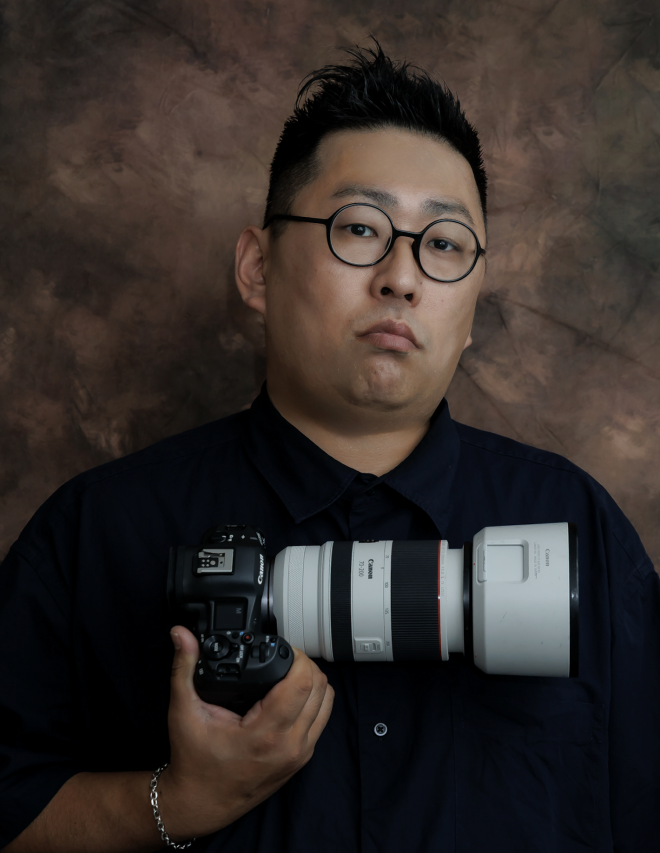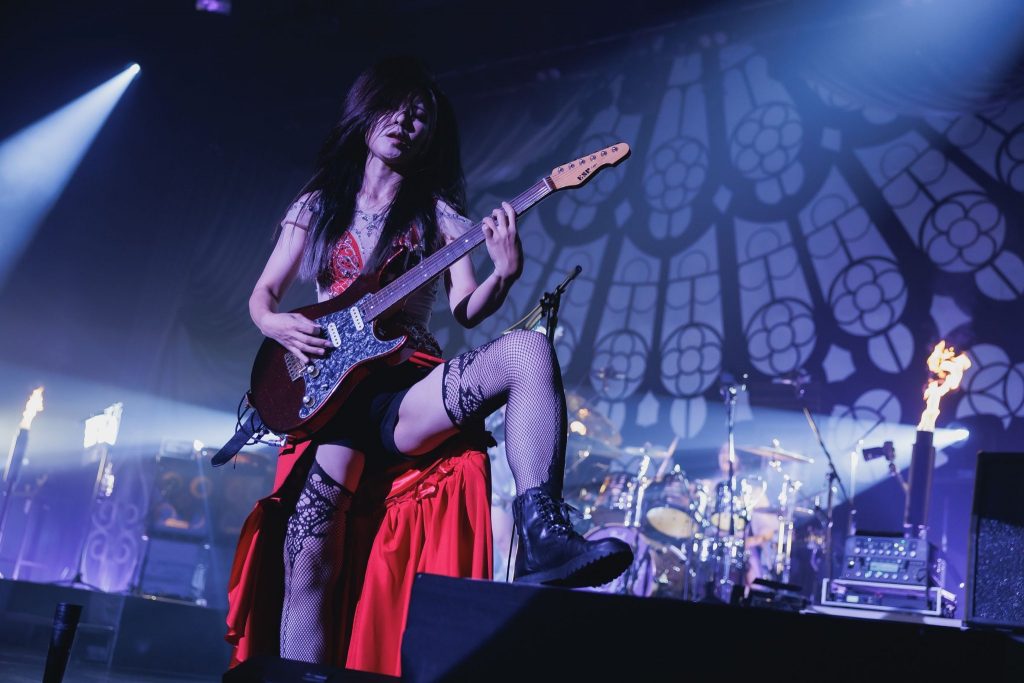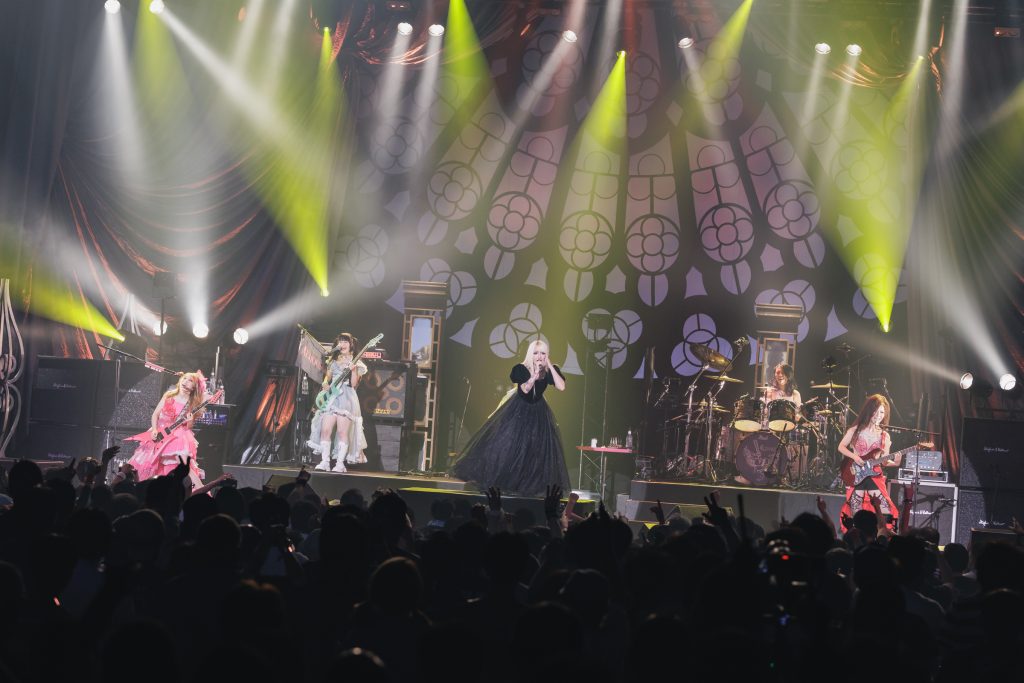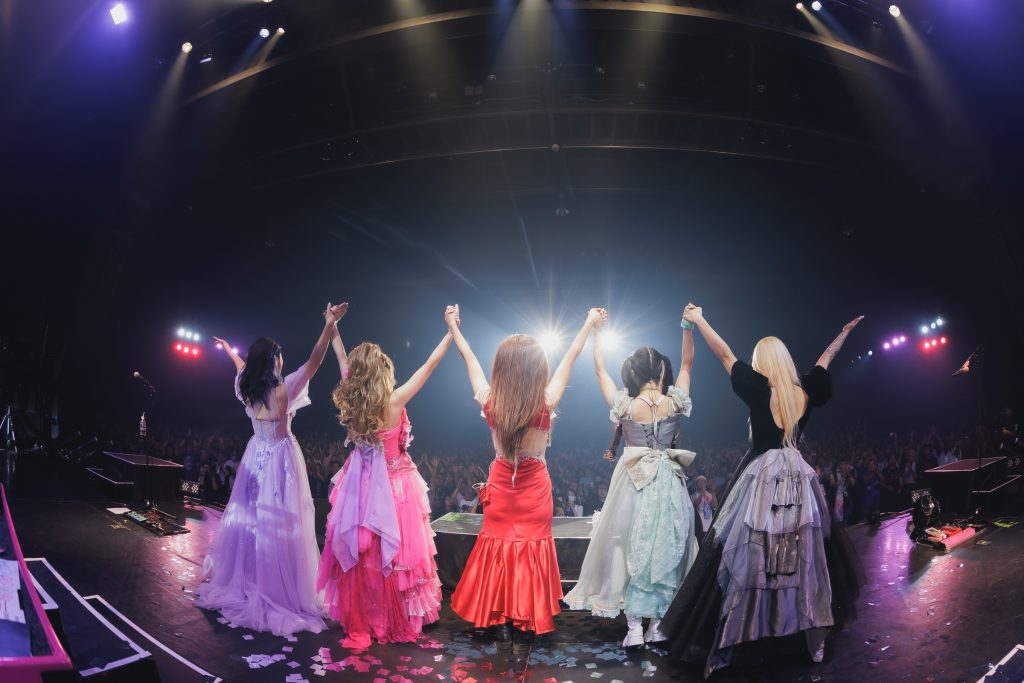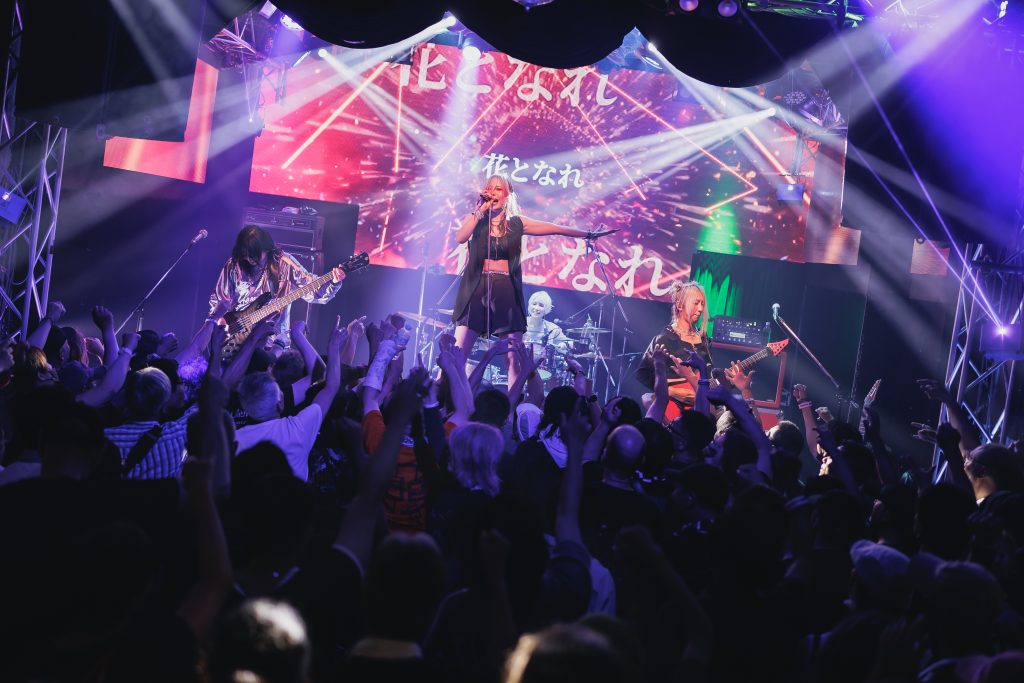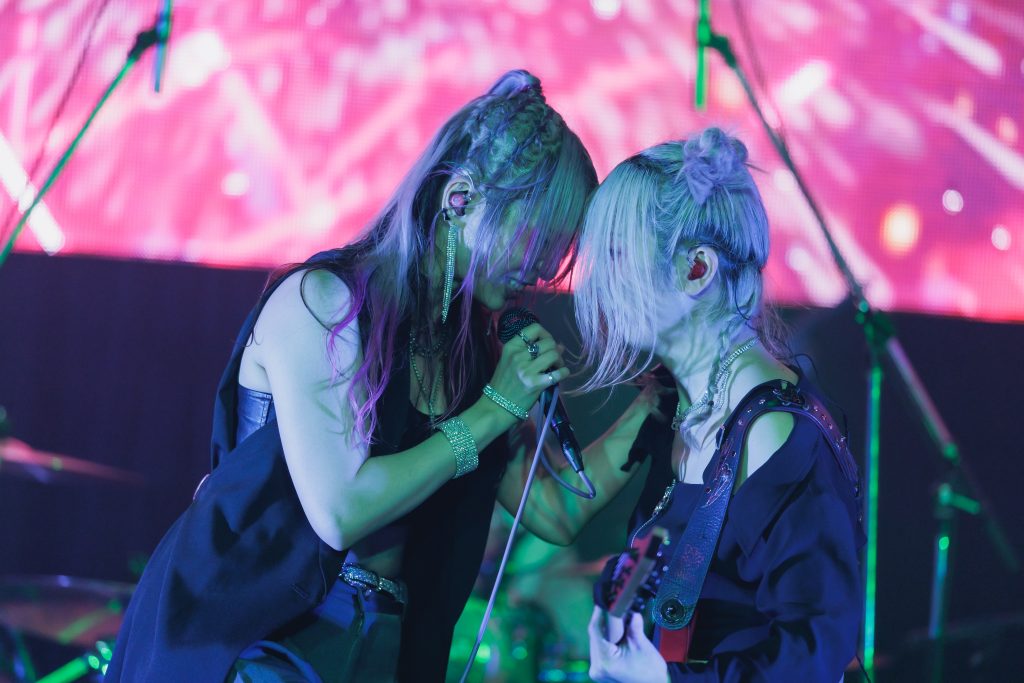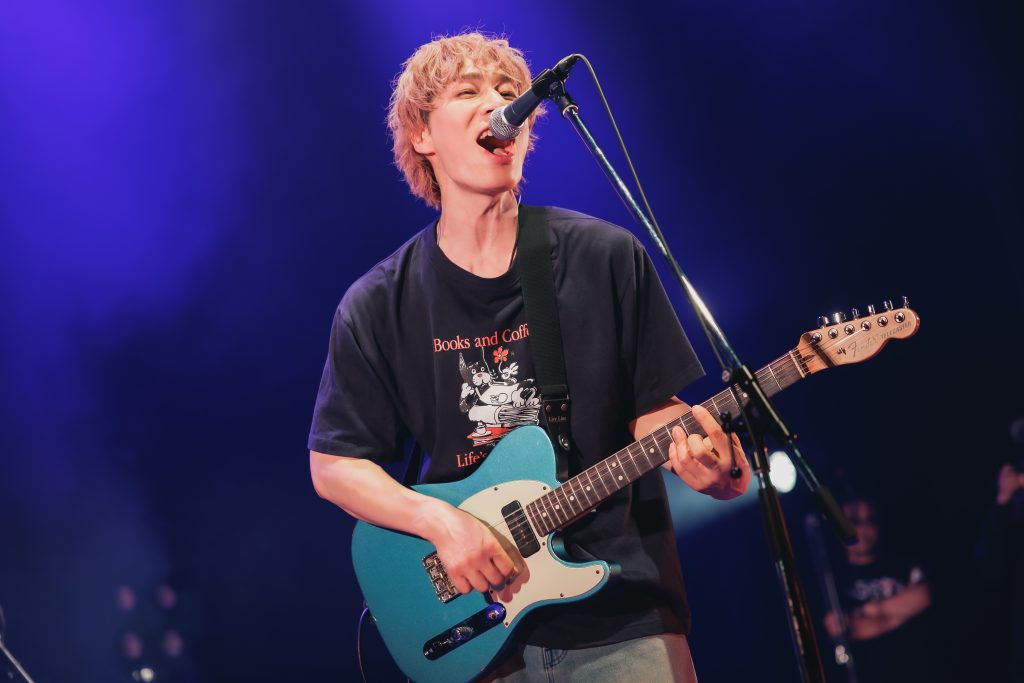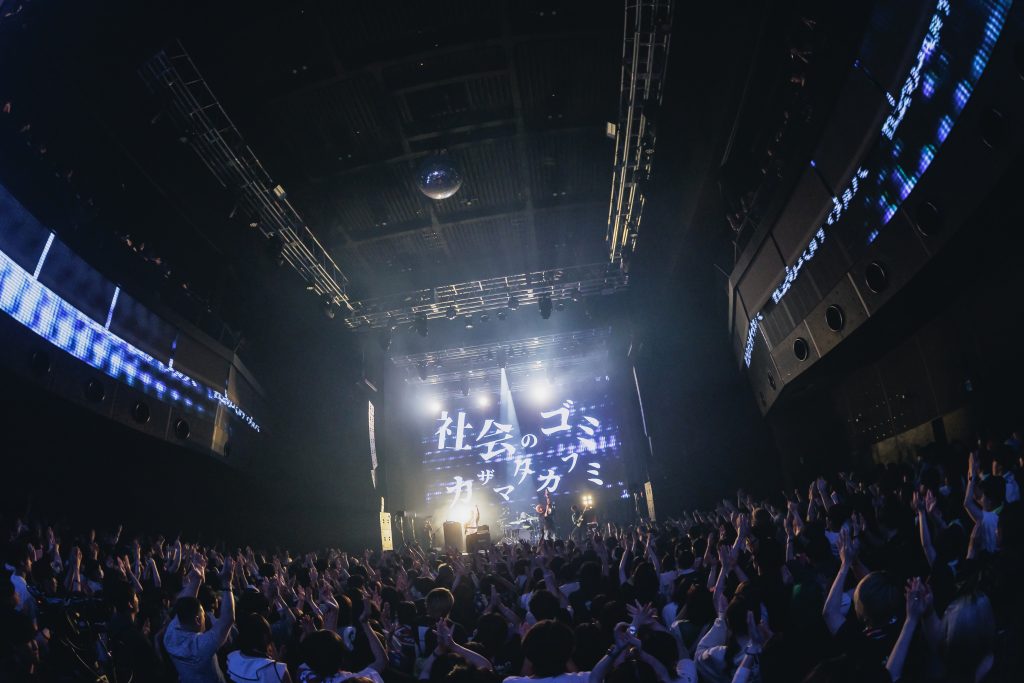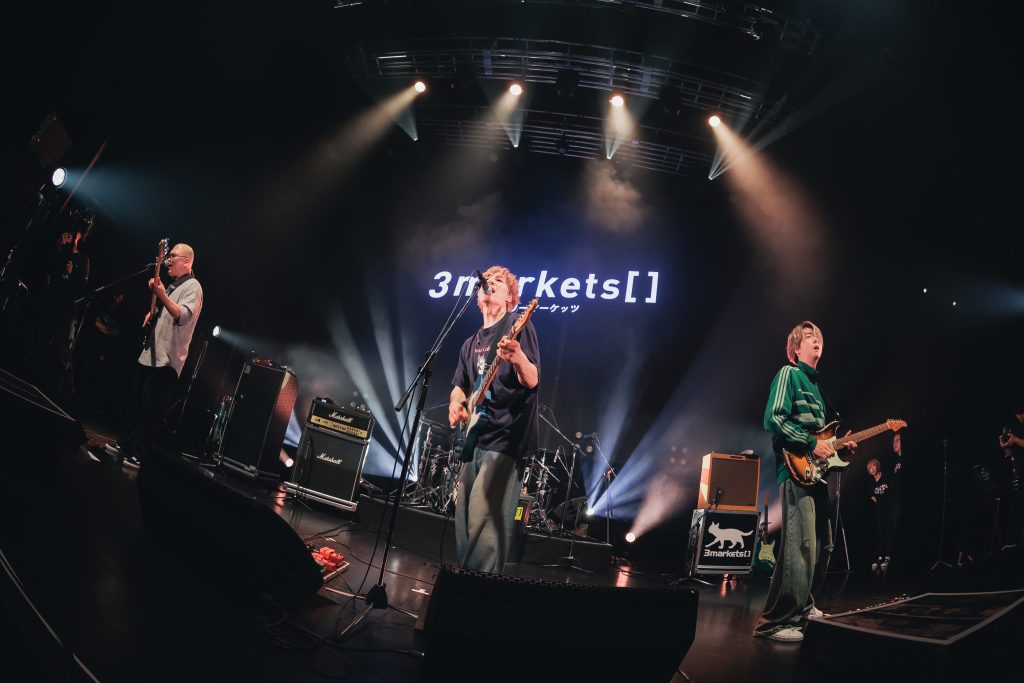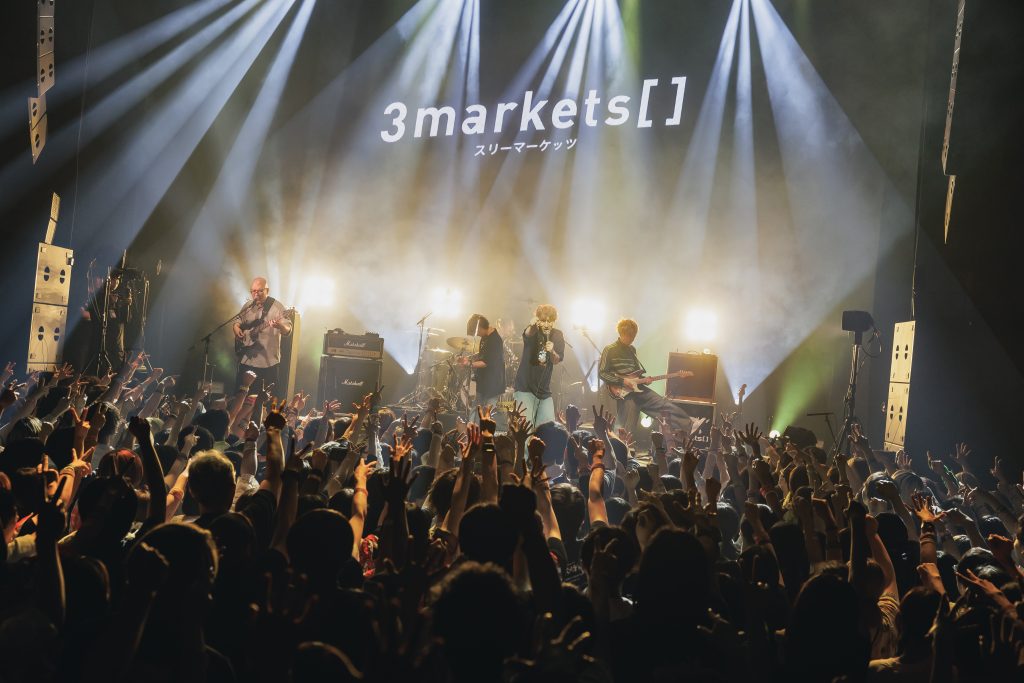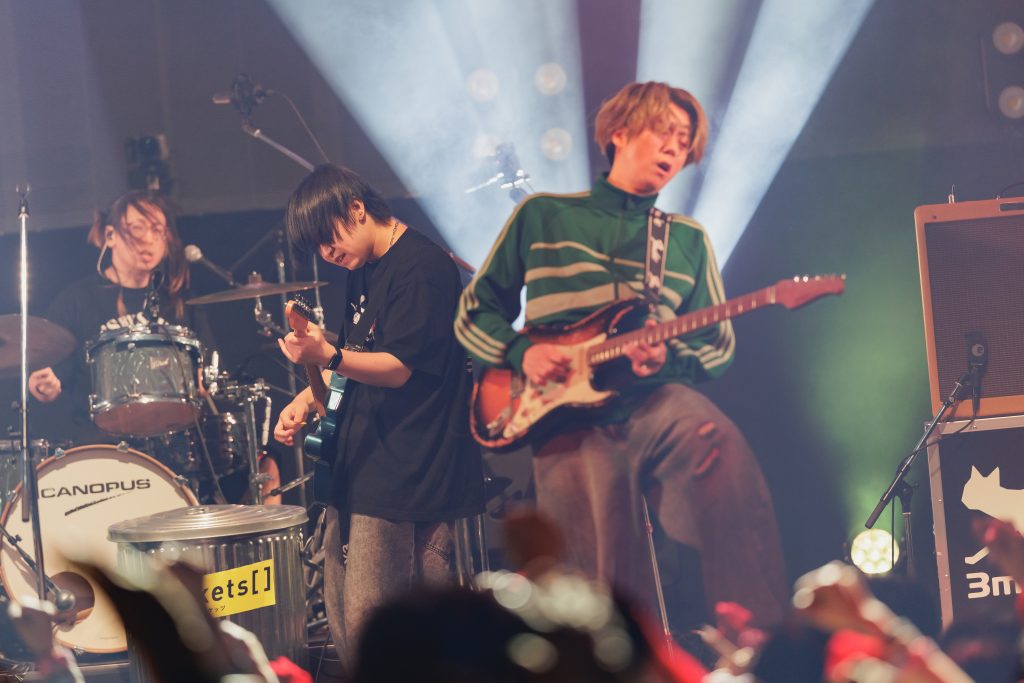Saicho's most difficult period in life unexpectedly became the turning point of his career. During a time of personal struggle, he rediscovered photography and what started as a simple hobby soon became a vital source of strength. Little by little, that strength turned into a passion and gradually led him into the music scene. Today, he captures the moments that make each live show special, preserving them for artists and fans alike.
In this interview, we explore how personal hardship became creative fuel, how curiosity and a willingness to learn shaped his journey, and how a deep appreciation for both his craft and the people around him has helped him grow as a photographer.
— Thank you for this opportunity to speak to you! To start off, could you share some facts about yourself without mentioning your profession? We’ll get to that later!
Thank you for reaching out to me! My dad had to move a lot for his job, so until 6th grade we were moving around Japan all the time. After that, we settled in Chiba, so if you ask me about my hometown, I would say it’s Chiba. During my university years, I joined a music club and played in a band. I also love Gundam and ramen, especially Ramen Jiro and iekei-style ramen!
— You go by the name "Saicho", is there a story behind that name?
It’s an alternative reading of the kanji in my last name, Nishinaga. When we learned about Saichō and Kūkai in elementary school, people started saying, “You’re Saichō too!”. So that nickname has stuck with me for over 30 years (laughs).
— Before your career as concert photographer, what role did play music in your life?
Music has always been an essential part of my life and something that naturally connects me with others. In middle school, I used to record my favorite artists’ songs onto MiniDiscs, and my friends and I would lend them to each other, discovering new artists that way. In my first year of high school, I discovered the band Dragon Ash and following the chain of artists who had influenced them, I got to know a wide variety of other artists. Around that time, I also started going regularly to Schooler Records in Shimokitazawa (Tokyo), where I often connected with the staff and other customers through music. Although I’ve lost touch with my music friends from back then, I still hope that one day we might cross paths again.
* Side note on Schooler Records: At the time, it was a record shop run by Megaforce Corporation, which had bands like Yama-Arashi under its label

— What made you actually want to become a concert photographer and how did it come about?
I honestly can’t even remember if there was ever a clear “I want to become a concert photographer” moment.
When I was 33 and going through some health issues, I wanted to find something I could really throw myself into, and that’s when I bought my first DSLR camera.
At first, I just took photos of a Danboard figurine, and was surprised how the background could blur so much. From there, since I had some friends and acquaintances in bands, I would tell them, “Hey, I just got a camera! Would it be okay if I took some pictures when I come to your shows?” And that’s pretty much how it all began.
The bands started posting the photos I took on their social media, and that made me so happy, I kept taking pictures every time I went to concerts. At the after-show parties I would also tell bands I liked that I started concert photography recently, and they’d say “Then take pictures of us next time too!”, which led to me taking pictures for more and more bands.
It wasn’t that I started because I admired a specific concert photographer, so in a way, music media and live reports became my teachers. My current style is definitely heavily influenced by the photos I was seeing back then.
At that time, I didn’t know anyone who did concert photography, so I decided to connect with photographers whose work I admired. I started following people on instagram, and if they followed me back, I’d reach out via DM and introduce myself when we happened to be shooting nearby. That’s how I gradually built my network.
Some of those connections even invited me to jobs that required multiple photographers, which gave me a lot of valuable experience. Even now, most of the photographer friends I’m closest to are people I met back then.
Nowadays, I’m at a stage where I try to give back to those who supported me and to help newer photographers the way I was helped.
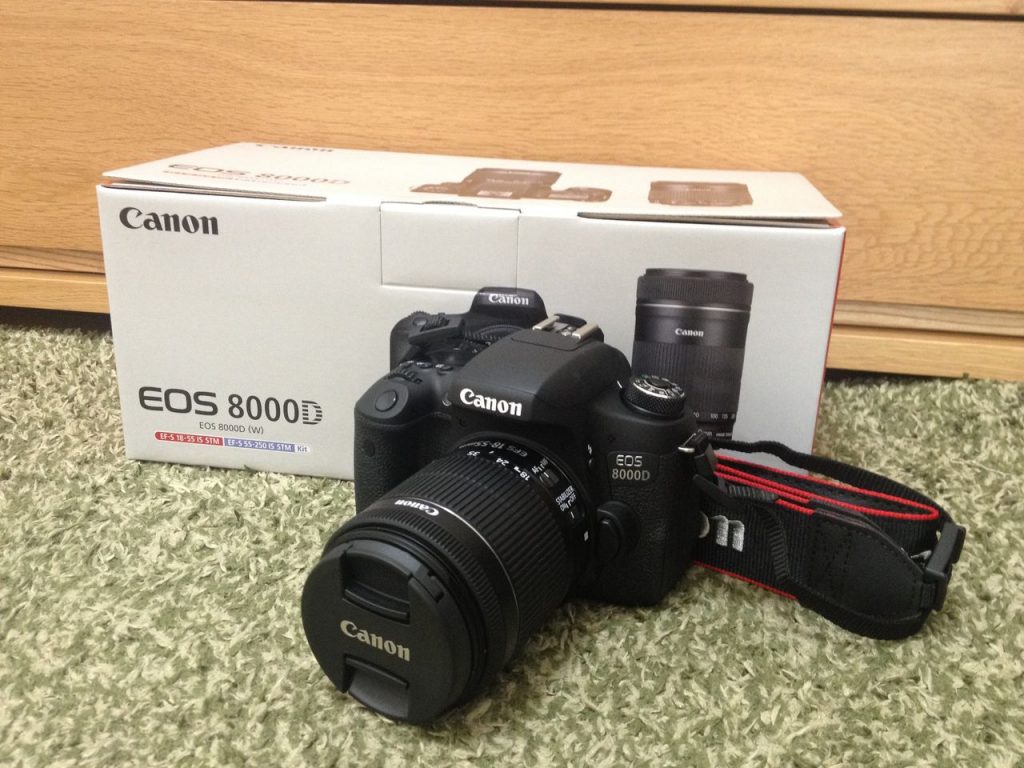
— Do you remember the first time you took pictures at a concert? How was that experience for you?
I remember that the very first time I photographed a live show with a DSLR, I had all the camera settings on auto. Since it was in a dark venue, most of the photos ended up blurry, and I hardly had any I could actually present in the end. But it was such a fulfilling experience that it made me think about what I needed to do to shoot better, which led me to buy new lenses and dive deeper into photography.
Looking back, I realize that I had already been taking photos with a compact digital camera back in my university music club. Even then, I think it wasn’t so much that I loved a specific artist, but rather that I loved being around friends who made music.

— When you were first starting out, what were your biggest challenges?
At that time, I didn’t know anyone around me who did concert photography, so I had no idea what settings I should use. Since I couldn’t ask friends, I looked things up online, for example, “What shutter speed is fast enough to avoid blur”, or “How high ISO can go before noise becomes too noticeable”, trying to test it next shoot, gradually learning that way. For the first year of doing concert photography, I went to friends’ shows and took photos for free, so I learned through constant trial and error.
— Since you photograph different music genres in various venues and working environments, is there anything specific you do to prepare beforehand?
I like doing research beforehand, so if I’m going to a venue for the first time, I check the floor map on the venue’s website and search the venue name along with “Photo by” on social media to see photos others have taken there. Once I get a sense of the venue’s size, I can determine the focal length I’ll need and bring the appropriate lenses and equipment.
If I am lucky to receive the setlist in advance, I always create a playlist and go through the overall flow of the show. When I’m shooting an artist for the first time, I try to guess in advance which songs the audience is likely to raise their hands and go crazy during the chorus, and I check with the manager on the day to confirm. For those songs, I make sure to shoot from the back of the venue to capture the atmosphere of the entire crowd.
If the performance includes special effects or staging, I walk around the venue during rehearsal to find the best angle to shoot them from.
Since I currently receive regular shooting requests from a wide range of artists, from bands to idols, I adjust my approach each time depending on the artist or genre.
— What is your go-to camera and equipment?
I use Canon mirrorless cameras exclusively. I always bring four bodies with me, though I usually end up shooting with three. All my lenses are Canon’s RF lenses designed for mirrorless cameras (except for the fisheye). My lineup is really standard: wide-angle, standard, telephoto, fisheye, and a 50mm prime. I try to keep my gear as up-to-date as possible. From a client’s perspective, if they’re paying the same fee, of course they’d prefer someone using newer equipment…(laughs).
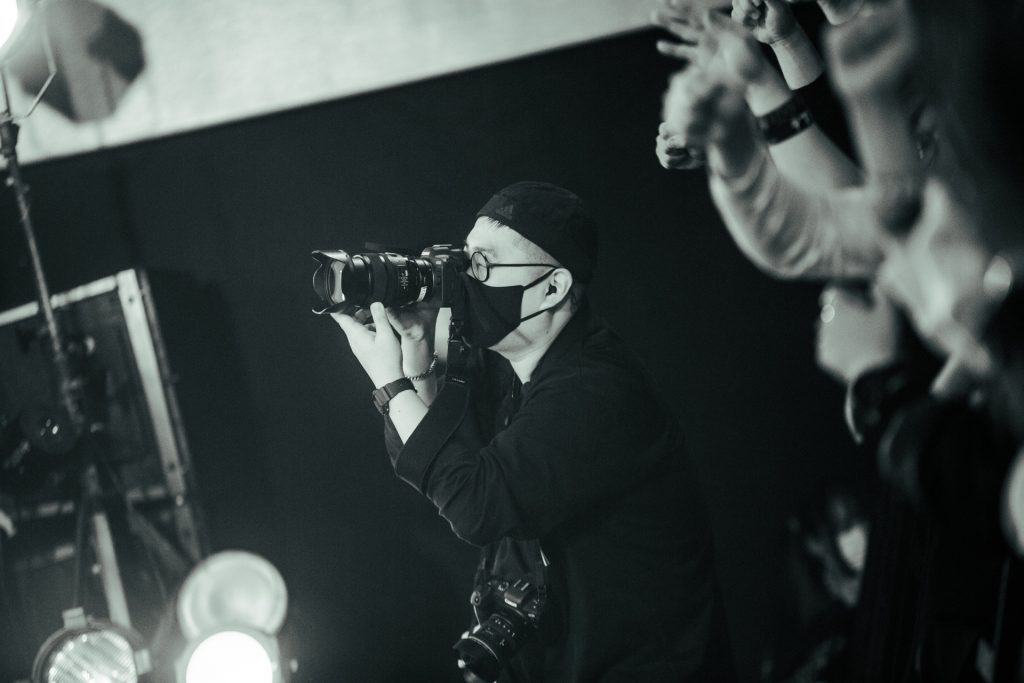
I think that having gone through that experience allows me to support others facing similar challenges, and in turn, that also gives me strength.
— You’re currently not only working as a concert photographer but also continuing the job you had before pursuing photography. I imagine that many people in the music industry juggle multiple jobs, but how is that experience for you personally?
How do you manage your schedule and find free time amidst everything?
I’ve been working a regular corporate job since before I ever started photography. It’s been 20 years now, and I’m still doing it. A lot of musicians also have full-time jobs on the side, so I don’t really see myself as doing anything special. Though other photographers often tell me I’m crazy for juggling both (laughs).
To me, it’s simply about giving my all to whichever job I’m doing at that moment. That’s really all there is to it. On my days off, I try to spend time with my family. I’m hardly ever home, so I’m beyond grateful to them for allowing me to keep having this lifestyle.
— Looking back, have you ever had an experience where a mistake or difficulty turned out to be a blessing in disguise?
I would say that experiencing panic attacks and depression became the turning point that led me to photography. People often say that once you go through something like that, you can’t return to the life you had before. I also felt hopeless at first, thinking I’d never be able to go back to how things were. But I have no regrets, because that experience is what led me to pick up a camera.
I think that having gone through that experience myself allows me to support others facing similar challenges, and in turn, that also gives me strength.
— Thank you so much for sharing something so personal. I can imagine there are many people struggling with similar conditions, so besides your camera, what would you say helped you to go through it?
At the time, other than my camera, I remember being into things like puzzle games, anything I could lose myself in so time would pass more quickly. Listening to music also helped, because during those moments I didn’t have to think about anything else.

— Are the genres of music you love taking pictures of and the music you listen to in your free time the same?
I love all the artists I photograph, so I often listen to their music while driving. Sometimes I shoot artists in genres I never listened to, so being able to enjoy their music with a fresh perspective is really fun too.
— Is there a concert or performance that you particularly remember?
It is the last performance before the hiatus of the Gunma based band LILY. They are acquaintances of band I was friends with, and they were actually the first band to pay me for photographing their show. Over the years, I had the chance to work with them regularly, and being able to capture the moment when the band went on hiatus is something I’m still proud of. Even now, a photo from that show is the wallpaper on my phone.
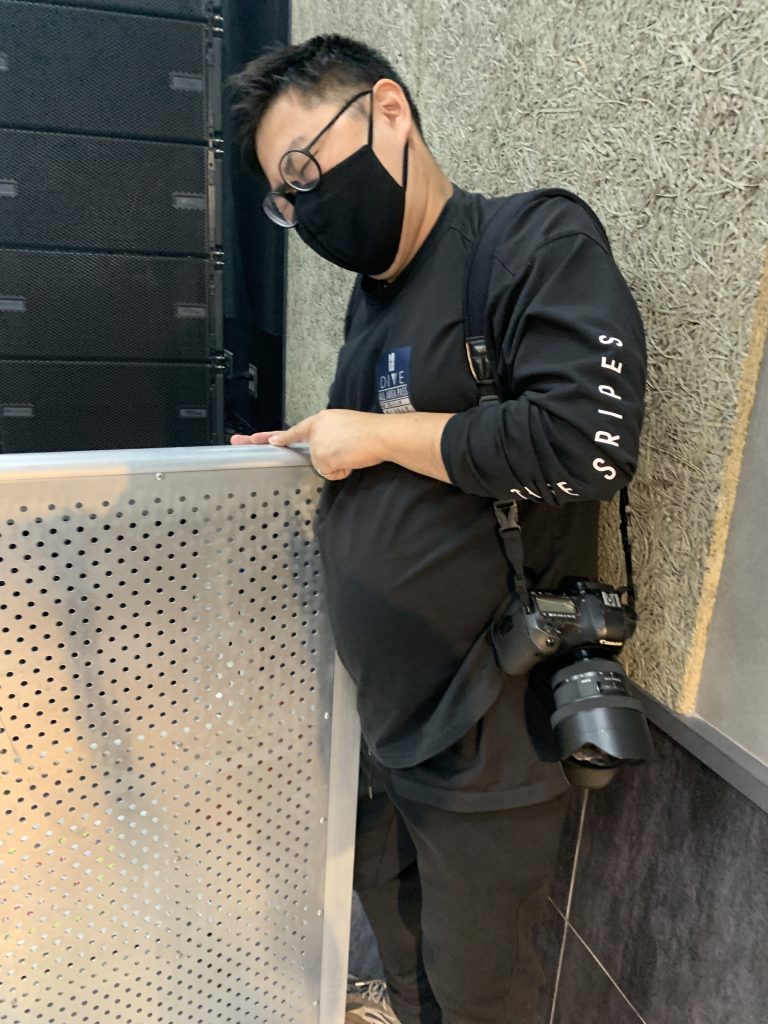
— During concerts, unexpected things must happen all the time. Were there moments where you thought, 'This is really bad'?
I think it was about seven years ago, when I was the official photographer for a circuit event. My telephoto lens suddenly broke, and I couldn’t use the zoom anymore. Fortunately, it got stuck at the longest zoomed-in position, so at least I could still take some shots.
— Do you have advice for people who want to get into concert photography? Also, any advice on building a portfolio as a beginner?
Most definitely communications skills!
If you don’t leave a good impression, you won’t get booked, so be courageous and make sure to actively talk to people!
I actually never made a proper portfolio, so I can’t give much advice on that, but curating your photography you post, such as instagram, making sure it shows what kind pictures you can take would be a good way to start.
— Do you have any advice for people struggling with confidence in their photography?
The person who should love your photography the most is you, so first, learn to love yourself as a photographer! Even if it doesn’t come easily at first, if you keep going without giving up, that will naturally build your confidence.
— Is there an artist you would like to photograph some day?
I would love to photograph Fuji Kaze someday! I always want to shoot artists who move me emotionally.
— What's your favorite songs by him?
I can't choose just one, but I can tell you two. 旅路 (Tabiji) and 満ちてゆく(Michite yuku)
You can also watch his concerts on Netflix, so please check them out, if you haven't seen him live yet.
— For many people, becoming a concert photographer is a dream. What kind of process and approach do you think are necessary to achieve your goals and dreams?
All of the concert photographers currently working in the industry have taken very different paths to get there. I think the most important thing is to find the approach that works best for you.
I started photography while continuing my previous job, and through that experience, I realized the importance of making the most of my potential. I would say that my experience in my corporate job has actually been invaluable, just as my experience as a photographer positively influences my corporate job. So I really feel that the way I am currently balancing both fits me very well.
If you have any doubts, talking openly with someone you can confide in will probably help you process your thoughts.
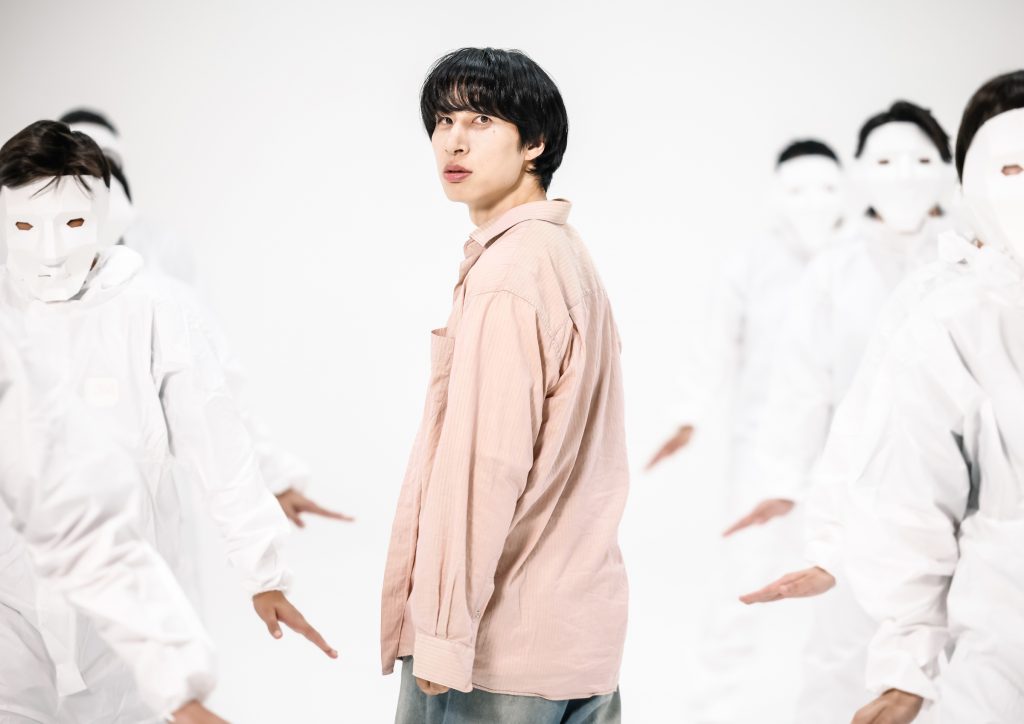
— Speaking of dreams, do you currently have a dream?
I don’t have any big ambitions, but I do want to make sure I can support my family in whatever they want to do. Just being able to go on trips together sometimes is already enough to make me happy.
— And last but not least, what would you say is the biggest reason why you’re doing what you’re doing?
I think there are two reasons why I’m where I am today: because I kept going without giving up, and because I valued the people around me. If I didn’t have the people around me, there are so many things I wouldn’t have been able to do, and connections I wouldn’t have made. Of course, skills are important too, but the people around you are the most important. My wish is to keep doing my best together with my friends going forward.
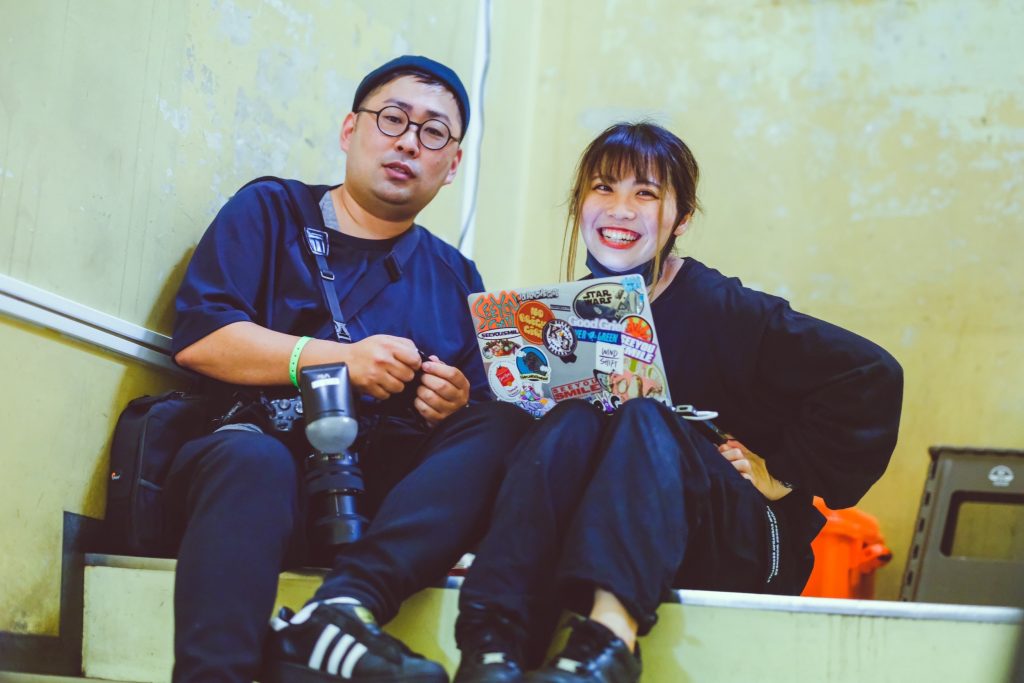
Text & Interview: Olga Mazlina
Artist Photography: Saicho
Follow Saicho here:
